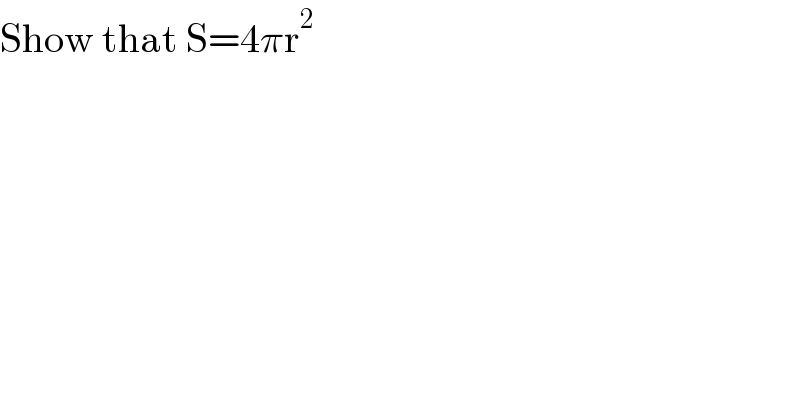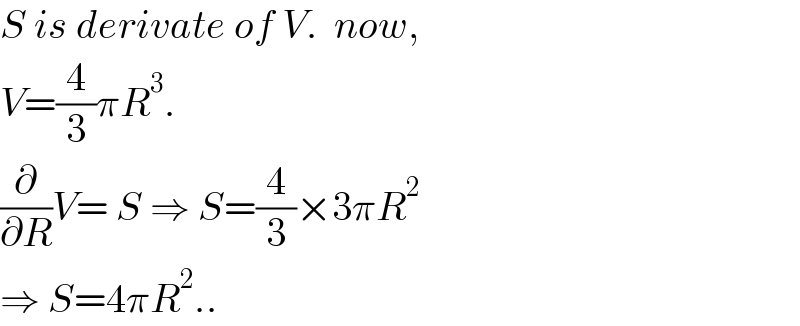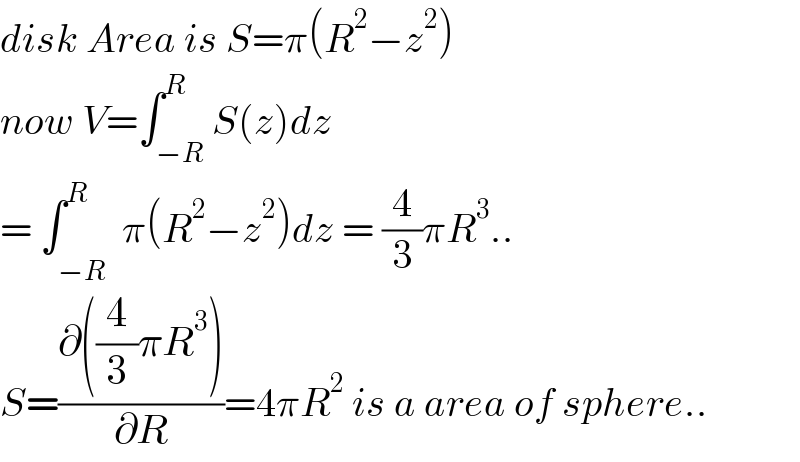
Question and Answers Forum
Question Number 153409 by SOMEDAVONG last updated on 07/Sep/21

Answered by puissant last updated on 07/Sep/21

Commented by puissant last updated on 07/Sep/21

Commented by MJS_new last updated on 07/Sep/21

Commented by puissant last updated on 07/Sep/21

Commented by MJS_new last updated on 07/Sep/21

Commented by puissant last updated on 07/Sep/21

Commented by MJS_new last updated on 07/Sep/21

Commented by puissant last updated on 07/Sep/21

Commented by prakash jain last updated on 07/Sep/21

